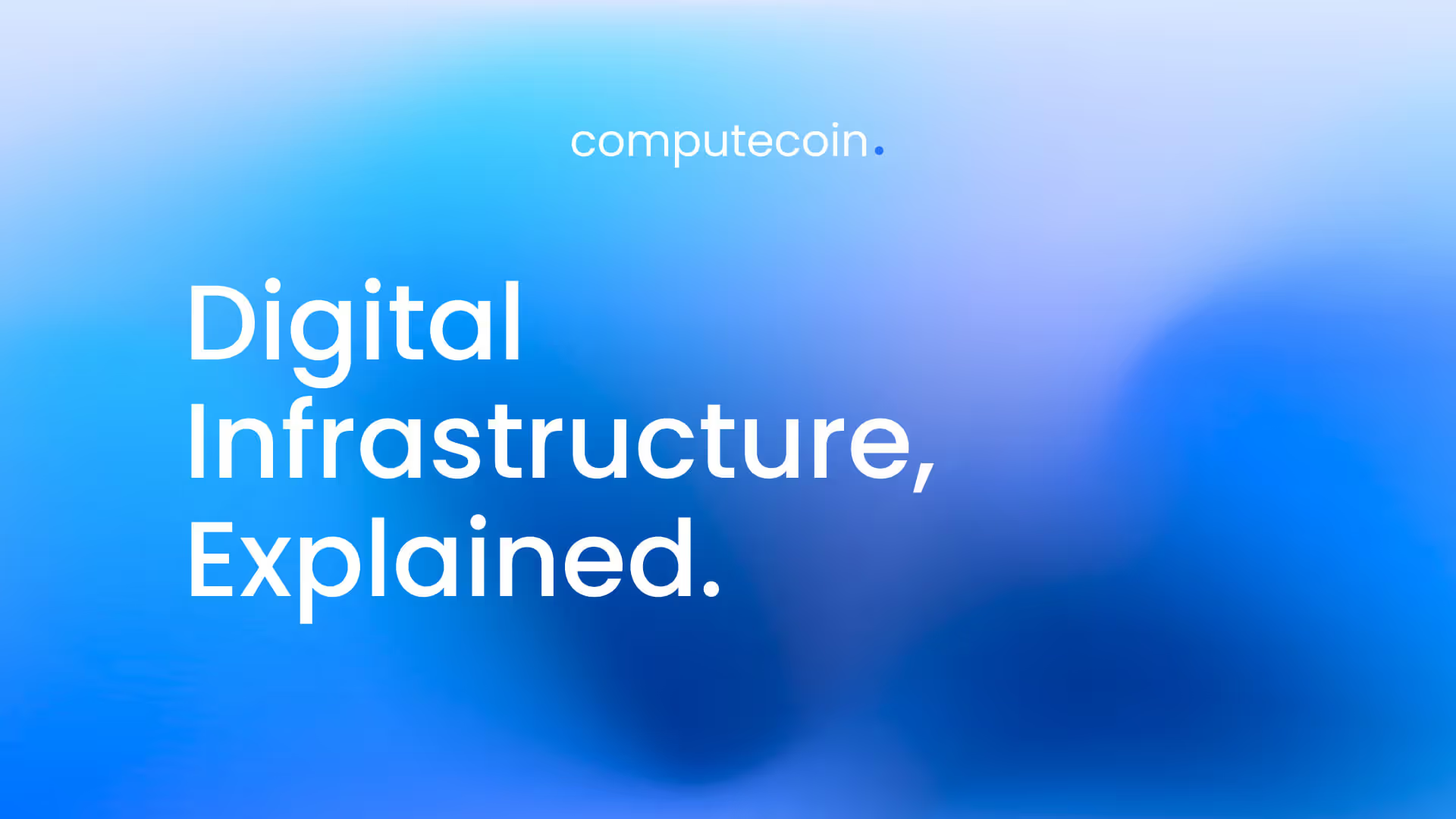Digital infrastructure comprises technologies that empower virtual applications and functions including computing, storage, computer networks, applications as well as cloud services.
Physical infrastructure like servers, fiber optic cables, cell towers, power plants etc. form the backbone of digital infrastructure, which in turn constitutes a web of connections between devices, organizations and people.
Think of this relationship as an analogy for other kinds of infrastructure we encounter in our daily lives. Roads and bridges are examples of the physical technology that help us get around, and the functions that this layer supports - like commuting, commerce, communication and the movement of goods - resemble applications.
What makes up the digital infrastructure?
It’s worth noting that there is some debate about which technologies constitute digital infrastructure. While some would classify broadband, mobile telecommunications, software and other technologies as digital infrastructure, in this article we’ll focus on the tech we consider to be most fundamental to the connectivity and functionality digital infrastructure enables. These include data centers, data or computer networks, cloud services, software and APIs.
Data centers
Data centers need little explanation. They’re facilities, sometimes occupying an entire building, containing servers and other computer systems that empower compute, storage and other digital functions.
Data networks
Data networks - also known as computer networks - are groups of computing devices that use a common pool of resources provided by network nodes (think of a node as a power plant that delivers energy to the grid) to “talk” to each other through shared communication protocols. These networks power much of the tools we use in our everyday lives, including email and instant messaging; video and music streaming; image sharing; and printing.
Cloud
Cloud services come in various forms, such as Infrastructure as a Service (IaaS), Platform as a Service (PaaS), and Software as a Service (SaaS). Cloud providers - that is, the organizations like Amazon and Google that supply digital computing and storage resources to users - enable users to access the resources data centers, servers and other computing hardware supply without having to buy, assemble and operate this expensive tech themselves. Cloud services allow users to easily perform compute, storage and networking tasks even when these tasks demand power or capacity far beyond what the users’ own computing assets can muster.
APIs
Application programming interfaces, or APIs for short, connect multiple computer programs to each other. Web APIs allow news websites to display Tweets in their stories, or blogs to insert YouTube videos into their posts. They’re media of compatibility between software that enrich our internet experiences.
Summary
Digital infrastructure - including broadband internet, mobile telecom networks, data centers and computer networks, software, cloud services and APIs - represents the sprawling network of virtual connections that issues from technologies built on a foundation of physical infrastructure to bring the internet, devices, software, organizations, people and processes together.







